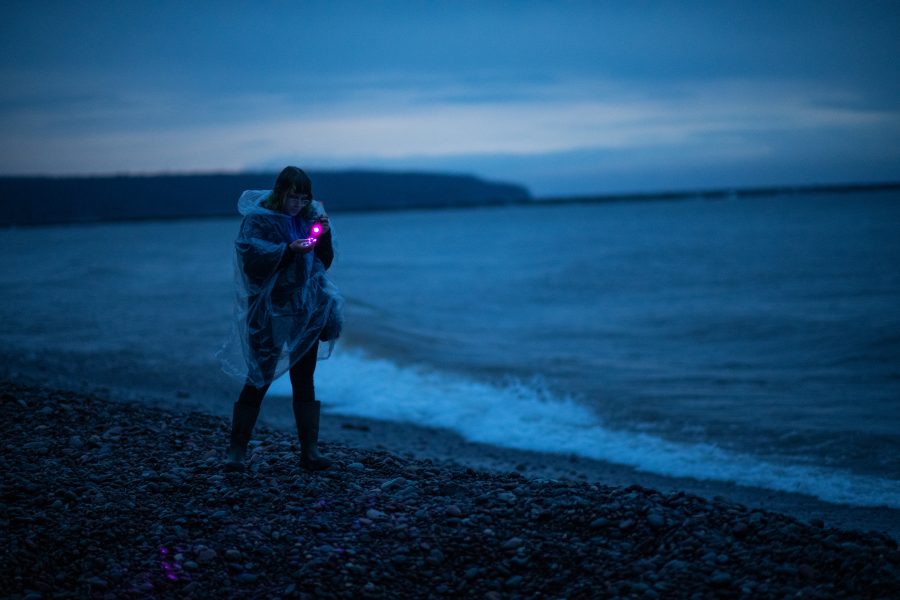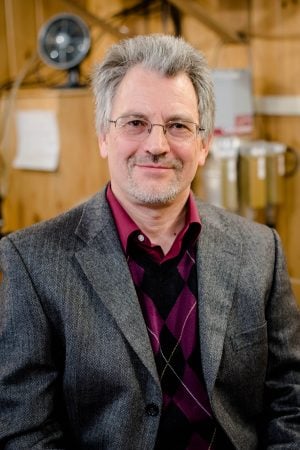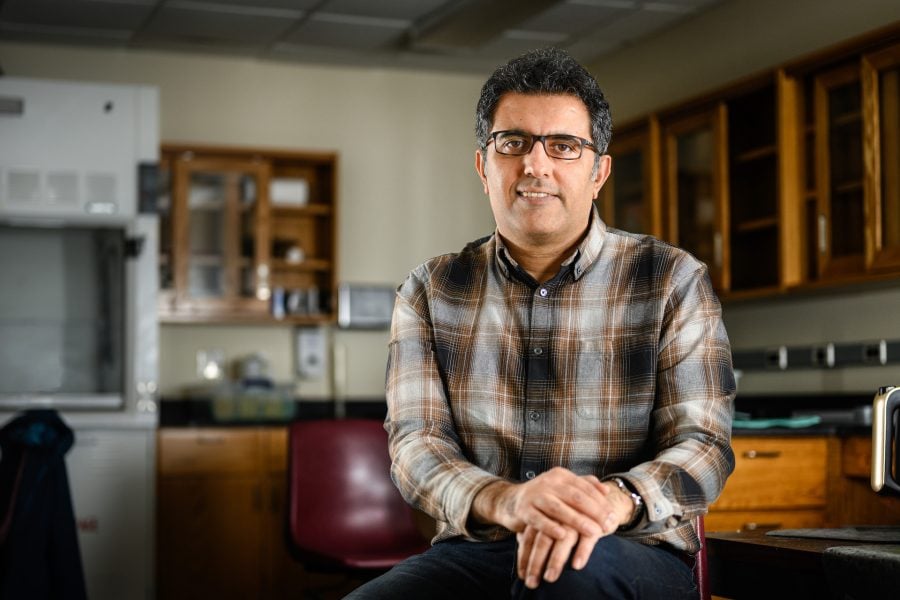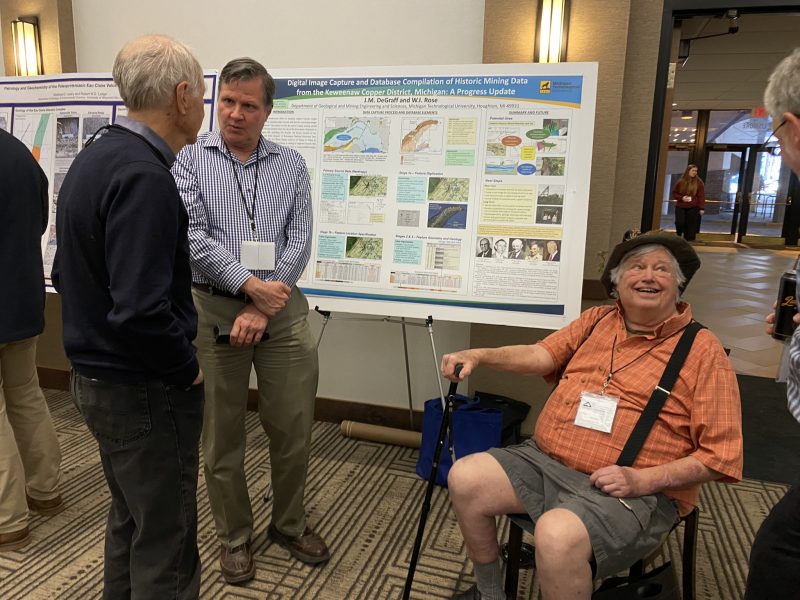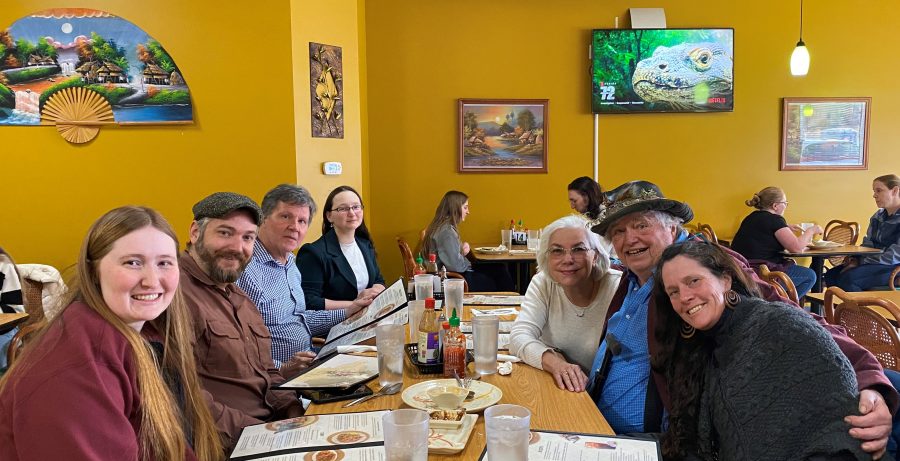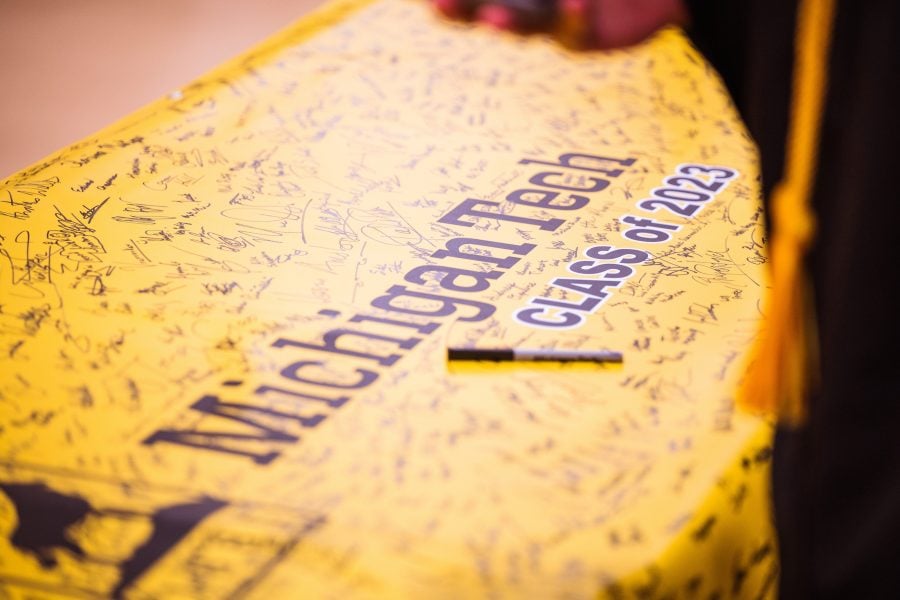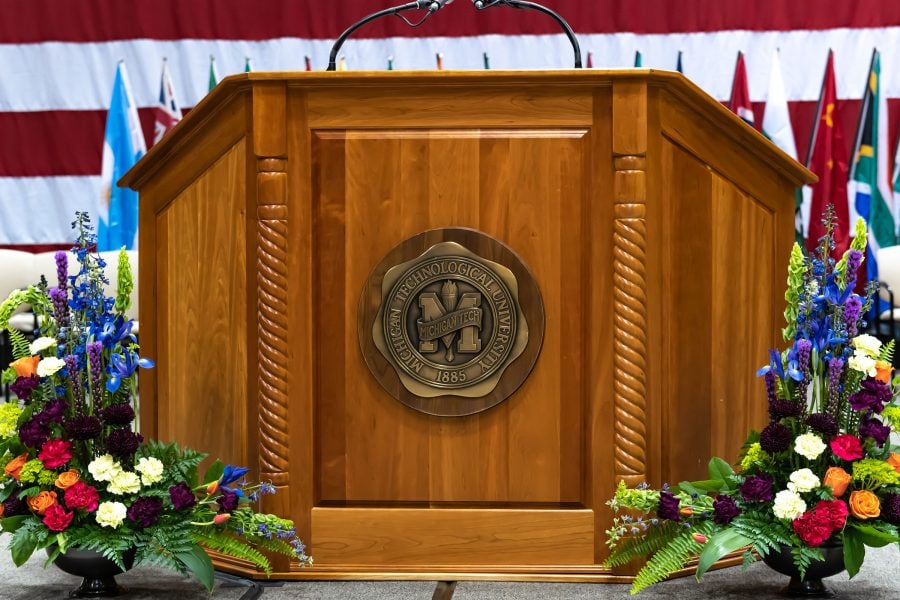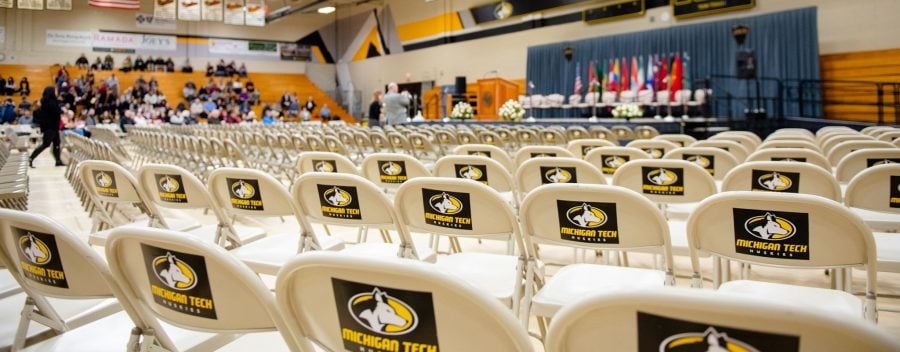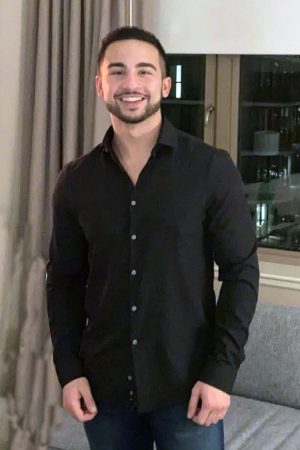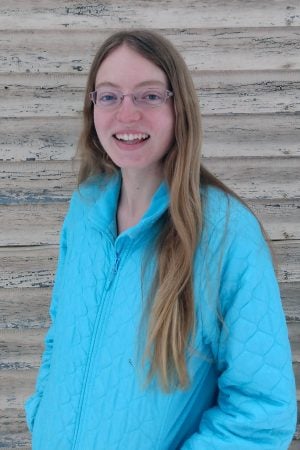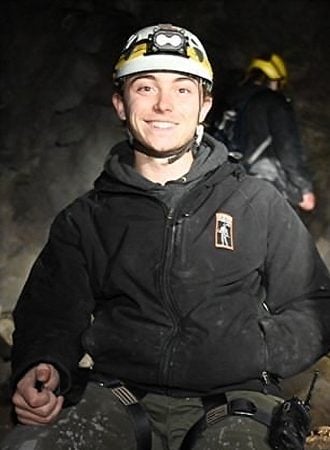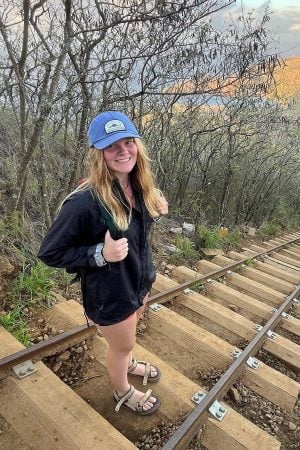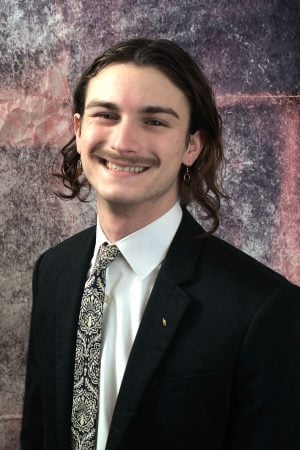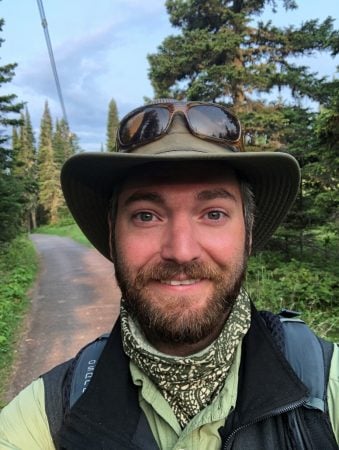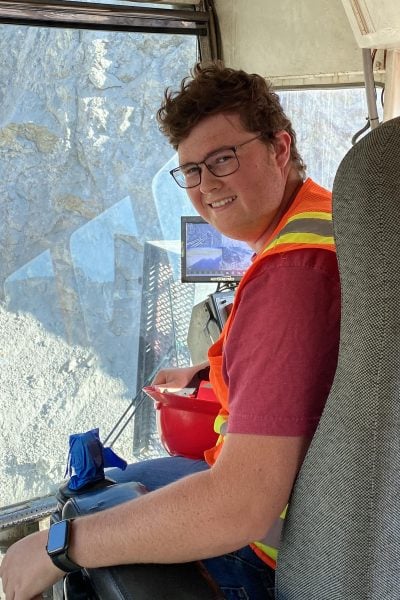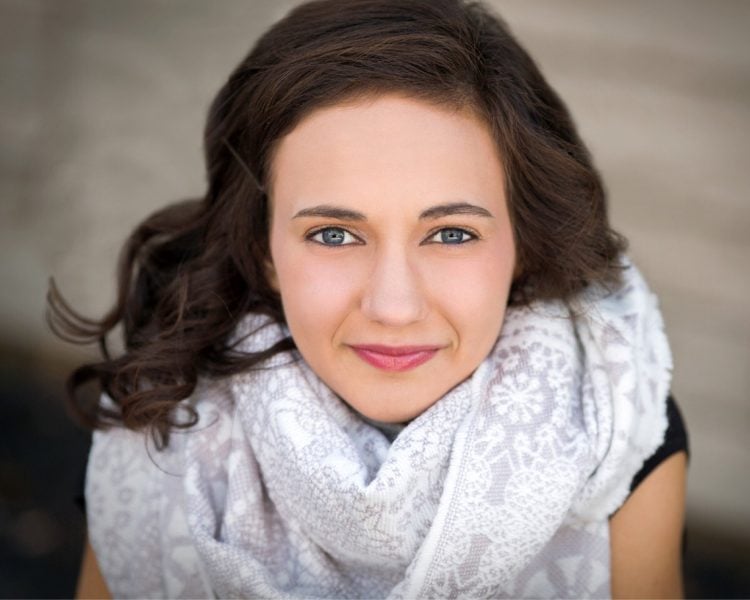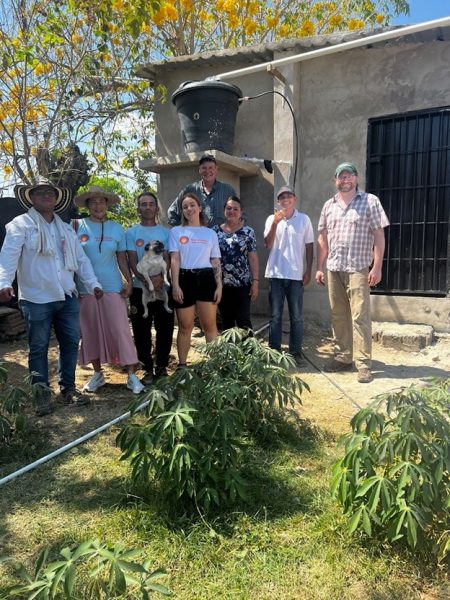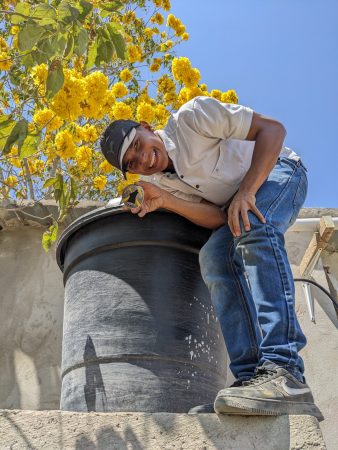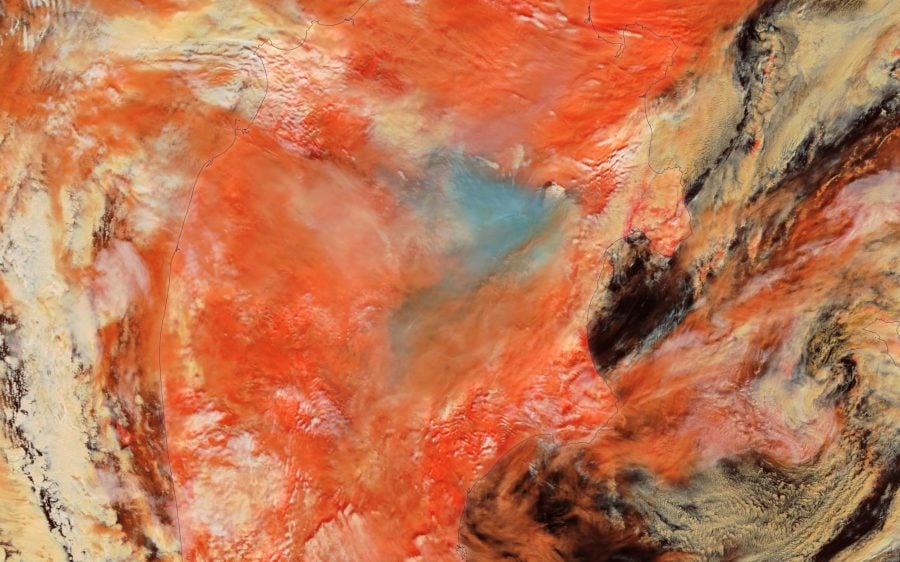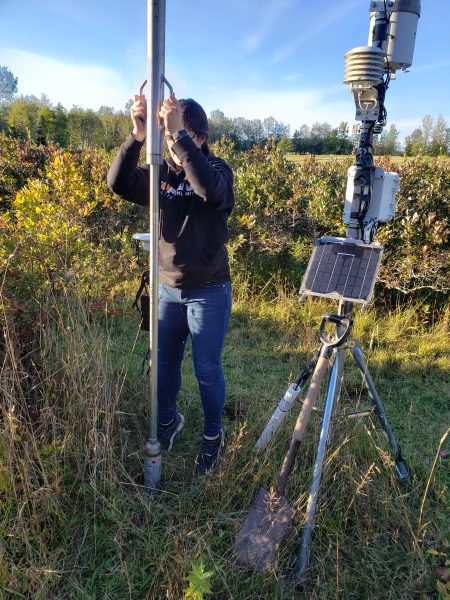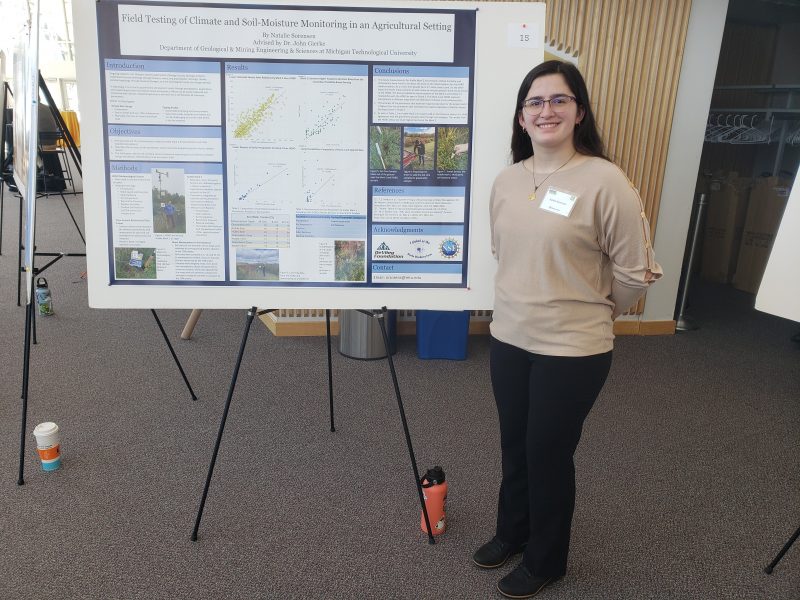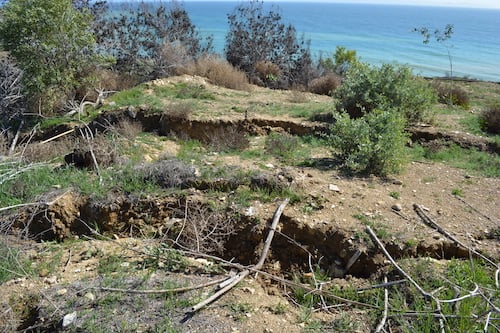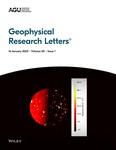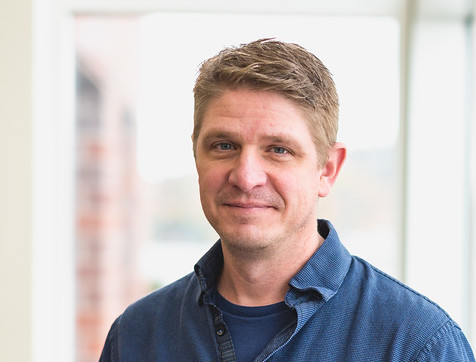Dear Alumni and Friends,
Warm greetings from the Department of Geological and Mining Engineering and Sciences at Michigan Tech!
I hope this newsletter finds you in good health and high spirits. The long winter in the Keweenaw has finally given way to the vibrant colors of spring. As the seasons change and spring breathes new life into Copper County, I am delighted to reconnect with all of you and share some latest updates from our department.
As always, our priority remains to provide the highest quality education and learning experiences to our students, ensuring their future success. Recently, we heartfeltly congratulated our Spring and Summer 2023 graduates on this significant milestone. We are immensely proud of their achievements and wish them the very best in their future endeavors.
Our students continue to engage in active research, exploring new frontiers and making valuable contributions to their respective areas of study. I was particularly impressed by the work of Natalie Sorensen, a talented freshman majoring in geological engineering who has shown great promise in the field of hydrological research. Her dedication and enthusiasm are truly inspiring. Another noteworthy mention goes to Addison Goecker, a senior in applied geophysics whose poster presentation at the AIPG meeting received well-deserved recognition. It’s remarkable to see the caliber of research being conducted by our students.
One of the hallmarks of our department is the research mentorship provided by our faculty to our students. This commitment to guiding and nurturing their research endeavors was recently showcased at the Institute for Lake Superior Geology (ILSG) meeting in Eau Claire, Wisconsin, attended by a group of faculty and students. Not only did they present their research findings, but they also had the invaluable opportunity to network with esteemed professionals in the field. This experience further solidifies our department’s dedication to providing our students with exceptional research opportunities and preparing them for successful futures in their chosen disciplines.
Our faculty and staff have been successful, too! In particular, I am thrilled to announce that Radwin Askari, associate professor of geophysics, has been honored with a prestigious NSF CAREER award in recognition of his innovative ideas for understanding the dynamics of a volcano’s magmatic cracks. This research can improve the forecast of volcanic eruptions and help to mitigate their attendant hazards.
The expertise of our researchers is highly sought around the globe. Notably, our experts in water resource management, Dr. John Gierke and Dr. Luke Bowman were solicited by AmeriCorps to share their knowledge in building rainwater collection systems in rural communities of Colombia.
Teaching excellence has been a cornerstone of our department, and we take pride in the accomplishments of our faculty members on this front. Chad Deering and Luke Bowman, in particular, have been recognized for their exceptional teaching abilities. Chad’s dedication and passion have earned him a nomination for the Michigan Tech Distinguished Teaching Award while Luke’s teaching prowess has been acknowledged in the Dean’s Teaching Showcase.
The support of our donors is instrumental to our success. Your generosity plays a crucial role in providing exceptional opportunities for our students and enhancing the quality of education we offer. We are always striving to provide the best opportunities for our students. The next few years promise even further expansion. However, we still have big needs in the areas of laboratory improvements and student scholarships. We would greatly appreciate any assistance in making these enhancements.
In particular, we have a pressing need to upgrade our Mining Engineering computer lab, and also to fund additional scholarships for geology and applied geophysics students.
As I reflect on our shared journey, the importance of our alumni community is clear: You are an invaluable part of our department’s history and success. We were happy to see quite a few of alumni and friends at Michigan Tech’s GMES social event, held at the recent 2023 Annual SME Conference and Expo in Denver. We intend to have more such events at other professional meetings.
Meanwhile, if you ever find yourself in our neck of the woods, I sincerely hope you’ll consider stopping by to say hello and share your stories. Your experiences and achievements are a great inspiration to our students and faculty alike.
Wishing you all the best in your endeavors, and may our paths cross again soon.
With warmest regards,
Aleksey Smirnov
Professor and Chair
Department of Geological and Mining Engineering and Sciences
